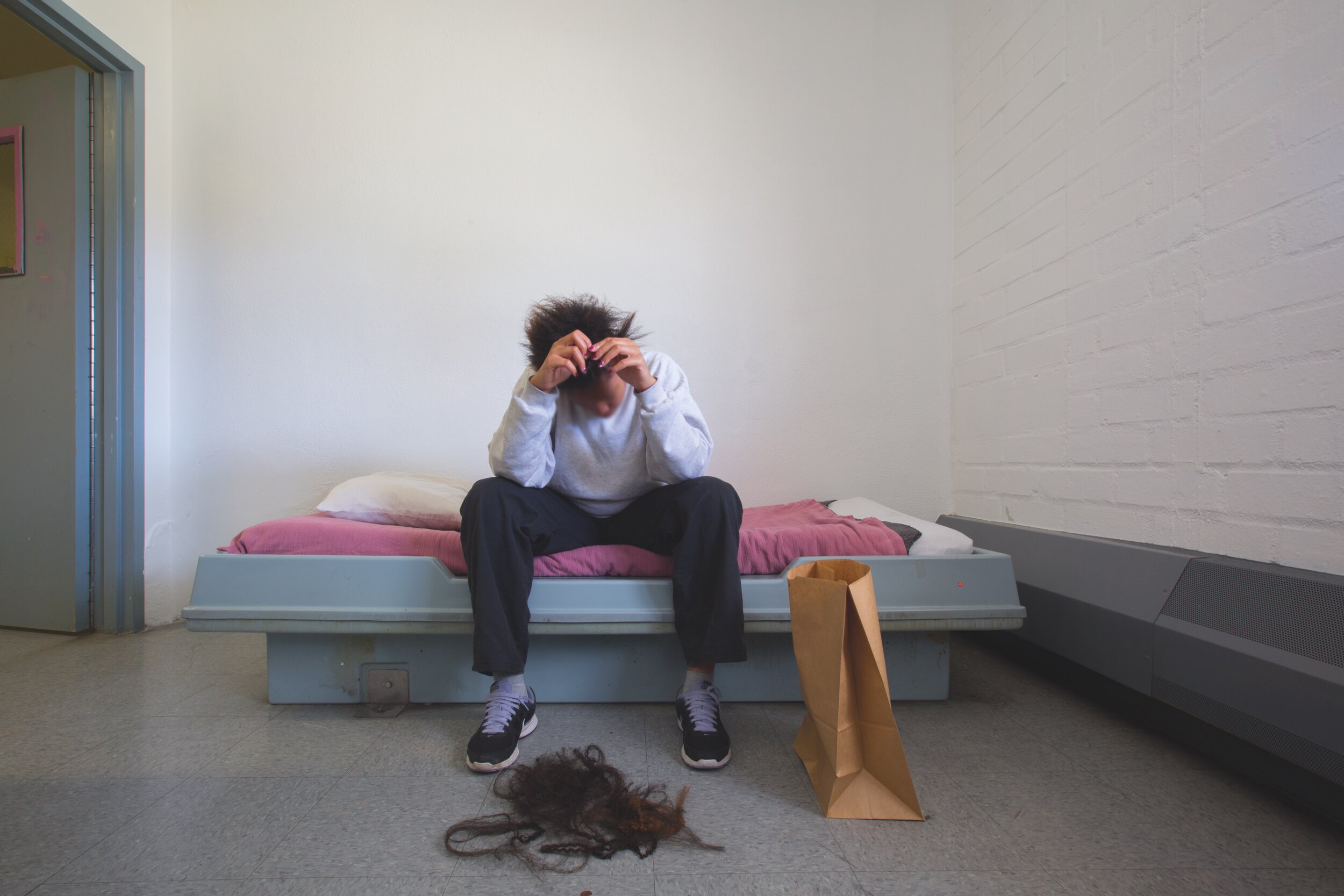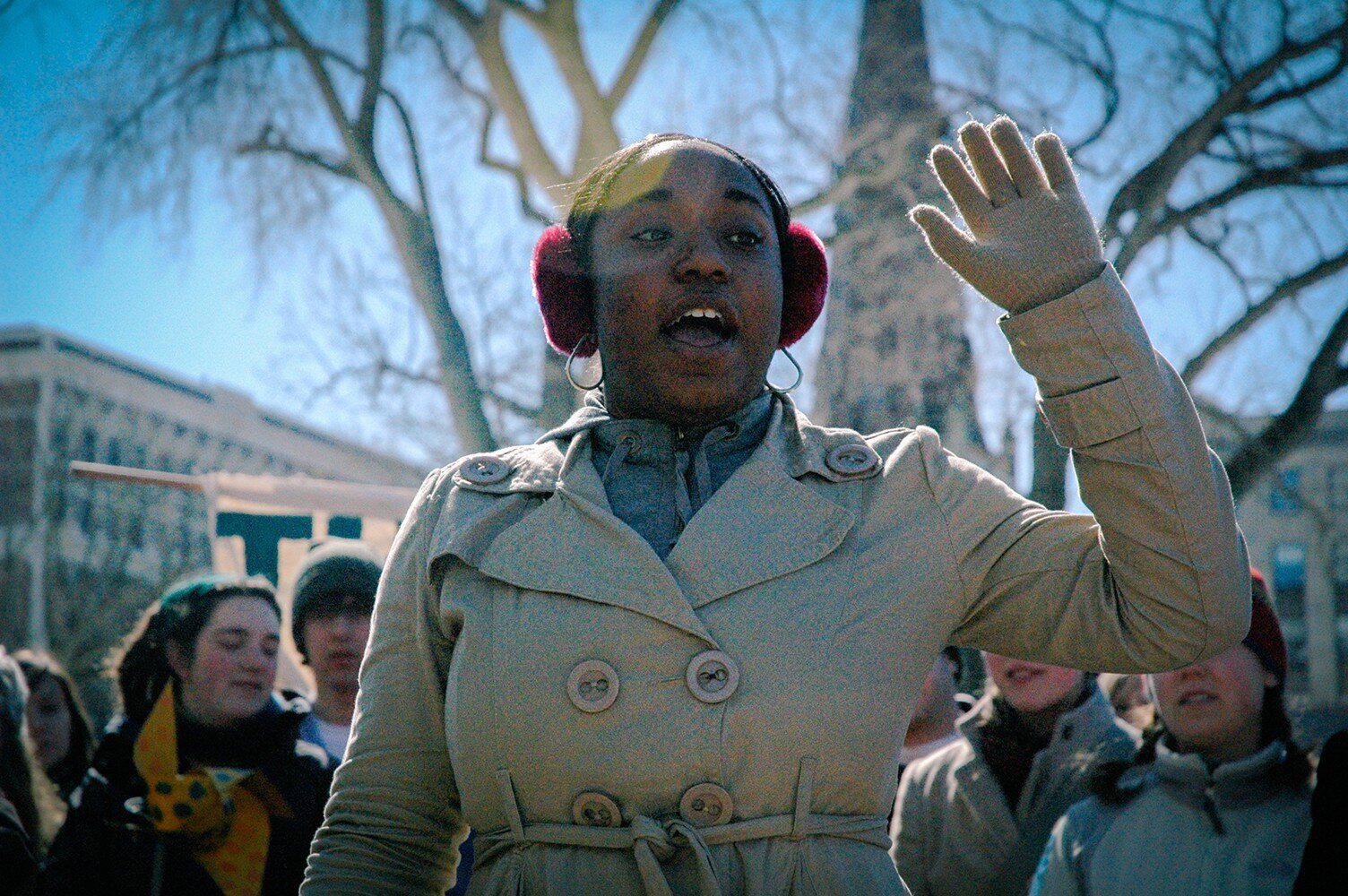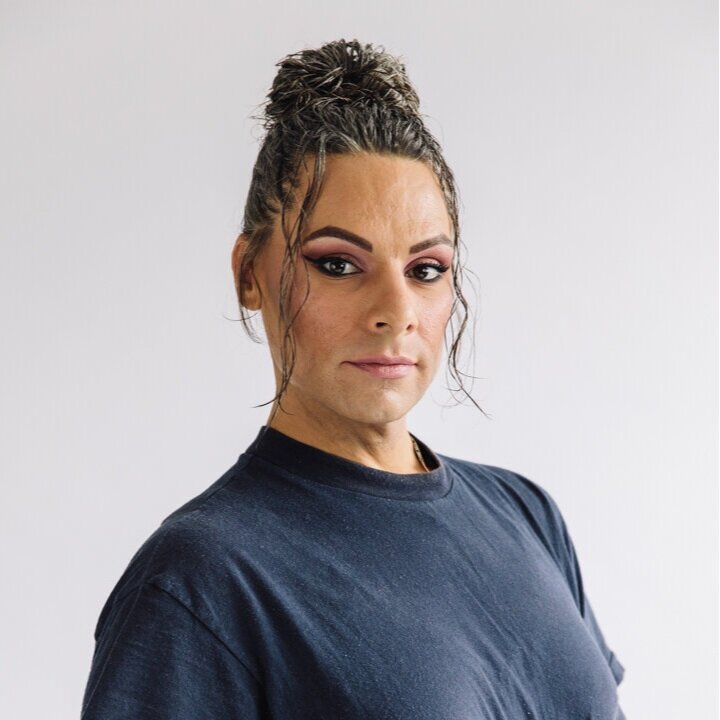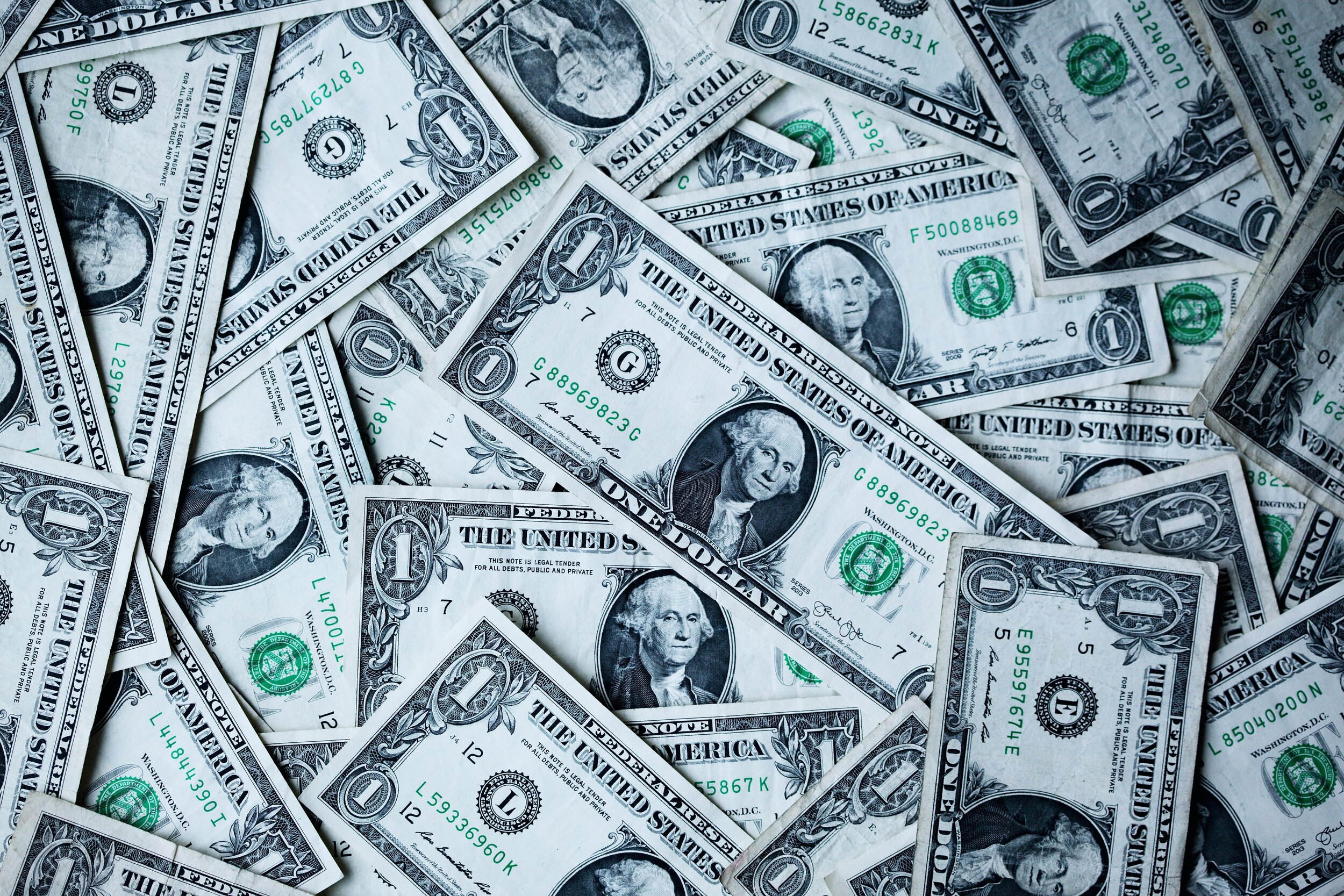Saul Loeb/AFP via Getty Images
COVID-19 AND THE PRISON SYSTEM
Exploiting a vulnerable population in times of crisis
By Carlos Arias & Dan Jones
Social distancing.
Sanitizing wipes.
Hand sanitizer.
As COVID-19 continues to whip the world into a frenzy, we’ve heard about some basics needed in order to ensure that the contagion is kept from overwhelming our health-care system and our most vulnerable populations have the resources they need to cope.
A population that we haven’t heard much about are the more than 2 million incarcerated persons throughout our carceral system. They are in the exact conditions in which a viral contagion can wreak havoc. Men and women are consistently cycling through the jail system and coming into contact with other detainees and corrections staff. A TIME article speaks to how it’s just a matter of time before there is a COVID-19 outbreak in immigration detention facilities. A recent Forbes article touches on how incarcerated individuals, particularly in prisons, are more likely to have health problems that leave them at greater risk for COVID-19. Preventive measures such as hand sanitizers could potentially qualify as contraband, since it contains alcohol and wouldn’t be available for incarcerated populations. Lastly, the carceral system is notorious for being understaffed and under-resourced, exactly the opposite of what COVID-19 requires for effective preventive measures.
We made direct contact with a prisoner in Alabama (anonymous for their safety), who told us communication about the outbreak has been limited. “As far as how they are handling the crisis, the only thing I heard is that they cancelled visitation,” they said. “I'm not sure if anyone has been sick with symptoms, but they [prison health services] are known to be inadequate. They will probably lie and say it's a bug or something and give you Sudafed and allergy pills.”
Around the world and within our own borders, we’re seeing woefully unprepared prison systems buckle under the increased pressure. In Italy, overcrowded prison conditions are exacerbating fears of COVID-19 spreading with no ability to stop it. Draconian measures that further limited their contact with family and friends resulted in prison riots across Italy.
The Guardian has documented the exploitation of prison labor to “shore up” dwindling supplies of hand sanitizers and face masks. This is happening in Hong Kong and, embarrassingly, the state of New York. On March 9, New York Governor, Andrew Cuomo revealed that prison labor was set to generate 100,000 gallons of hand sanitizer for schools. This was promptly brought to national attention by Representative Ayanna Pressely on Twitter: “Wow. Considering that many incarcerated men & women are subjected to inhumane conditions, including no hand soap, & hand sanitizer is banned in most prisons, this is especially demeaning, ironic & exploitive.”
The ACLU recently called on officials to coordinate with local public health officials, “to determine the most appropriate measures to take, given the local conditions and the peculiarities of the correctional environment.” In the same article, Senior Staff Attorney for the National Prison Project, Maria Morris, also laid out the points that most urgently need to be addressed:
How will all people in the facility — incarcerated people, staff, and visitors — be educated so they can understand the risks, protect themselves, and protect others? This will ideally be operationalized and conducted at scale.
Under what circumstances will staff and people incarcerated in the facilities be tested for the virus? How many tests are needed?
If people who are incarcerated require quarantine and/or treatment, how will that be accomplished?
If medical staff must be quarantined or become ill, how will the facility monitor, quarantine and treat the prison or jail population?
If correctional staff must be quarantined or become ill, how will the facility operate, both in terms of addressing the virus and in terms of simply maintaining necessary services, safety, and security?
If incarcerated people must be quarantined or become ill, how will the facility continue necessary operations that are reliant on the prison or jail population, such as food preparation?
Are there particularly vulnerable populations, such as the elderly, or immunocompromised, and how can they be protected?
How will the facility meet the challenges of COVID-19 without violating the rights of the people in its custody?
The U.S. has a unique opportunity to lead the way in how their most vulnerable populations are cared for in times of a public health crisis. Whether this level of care will extend to incarcerated people around the U.S. is yet to be seen.
Anything short of the same care that non-incarcerated populations receive would be a human rights violation.




